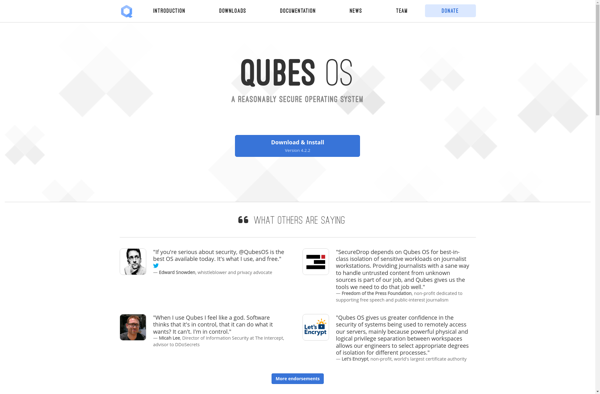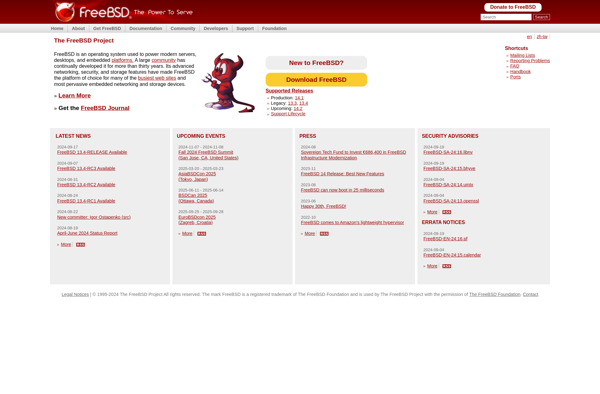Sabayon

Sabayon: A Beginner-Friendly Linux Distribution Based on Gentoo,
Sabayon is a beginner-friendly Linux distribution based on Gentoo Linux. It aims to provide an easy-to-use system by utilizing a rolling release model and focusing on desktop usage rather than server platforms.
What is Sabayon?
Sabayon is a Linux distribution designed to be beginner-friendly while still providing advanced features for experienced users. It is based on Gentoo Linux and utilizes a rolling release model, meaning users can continually update to the latest versions of software without needing to manually reinstall big new releases.
One of the key goals of Sabayon is to make Linux accessible for daily desktop use. It comes ready with a polished GNOME desktop environment, multimedia support, office applications, games, and drivers pre-configured for simplified setup. The distribution also includes advanced Gentoo features like the Portage package manager which compiles software from source code.
While compatible with both 32-bit and 64-bit computer architectures, Sabayon places a focus on the latter to leverage performance optimizations. The developers optimize Sabayon for desktop functionality rather than server platforms. The system requirements aim to strike a balance between new and legacy hardware.
In summary, Sabayon aims to deliver an attractive and functional Linux distribution that both Linux beginners and experts can appreciate. It brings an accessible desktop experience while still enabling Gentoo's advanced capabilities under the hood.
Sabayon Features
Features
- Based on Gentoo Linux
- Uses rolling release model
- Beginner-friendly desktop focus
- Utilizes Entropy package manager
- Supports multiple desktop environments
- Automatic hardware detection
- Out-of-the-box multimedia support
- Variety of preconfigured system editions
Pricing
- Open Source
Pros
Cons
Official Links
Reviews & Ratings
Login to ReviewThe Best Sabayon Alternatives
Top Os & Utilities and Linux Distributions and other similar apps like Sabayon
Zorin OS

Qubes OS

Debian

Fedora

FreeBSD

OpenSUSE

Haiku

Pop!_OS

Red Hat Enterprise Linux

Gentoo

OpenBSD

Rocky Linux
